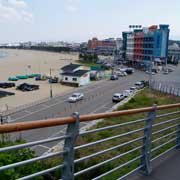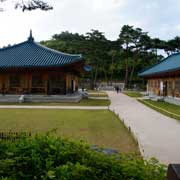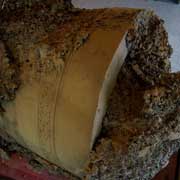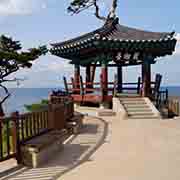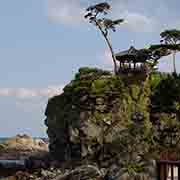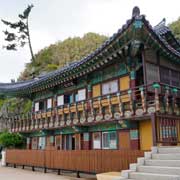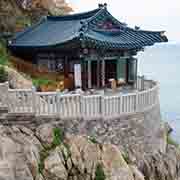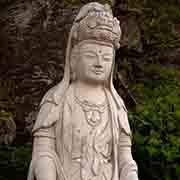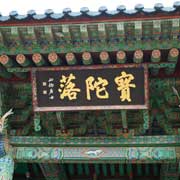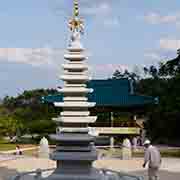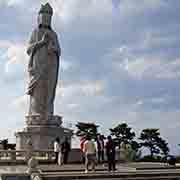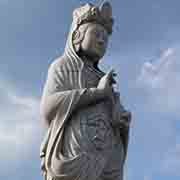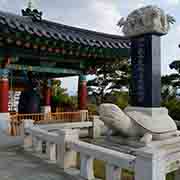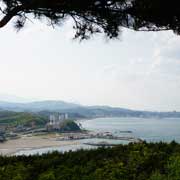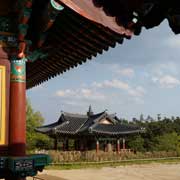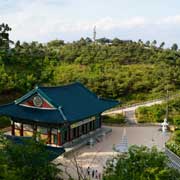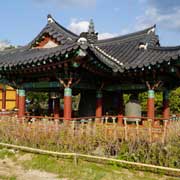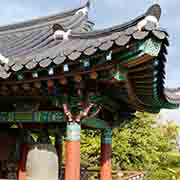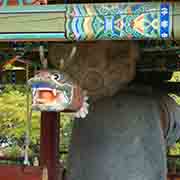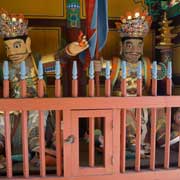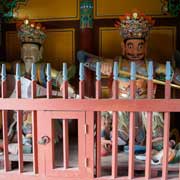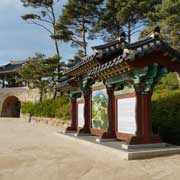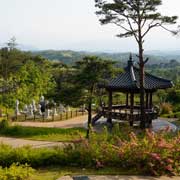Photos of Naksan Temple, Gangwon Province, Korea
Naksan Temple, Gangwon Province
Naksansa or Naksan Temple is a Korean Buddhist temple complex of the Jogye order, just south of the town of Sokcho along the coast of the East Sea (Sea of Japan) on the slopes of Naksan Mountain, Gangwon-do (Gangwon Province). It was founded during the Silla Era in 671 by a Buddhist monk, Uisang Daesa (Grand Master Uisang).
you may then send it as a postcard if you wish.
The name Naksan is an abbreviation of “Botarakgasan”, which, in Korean, refers to Mount Potalaka; the Avalokiteśvara Bodhisattva is believed to live here. On top of Naksan mountain is a 15 metres high statue of Haesu-Gwaneumsang, the Bodhisattva of Mercy, also known as the goddess Gwanseum-Bosal. It is Asia’s largest Seafarer’s Avalokiteśvara statue, made by the sculptor Gwon Jeong-hwan from Busan; he required 700 tons of granite and six months to complete the sculpture, which was dedicated in 1977.
A Hermitage, Hongnyeonam (or Hongreanam), is built overlooking the sea. The Uisangdae Pavilion was built in 1925 and overlooks the sea; it is claimed that the temple’s founder Uisang once meditated here. There are splendid temple halls, like Botajeon, with in front Naksansa Chilcheung Seoktap (“Seven storied stone pagoda in Naksansa Temple”) that was built in 1467.



